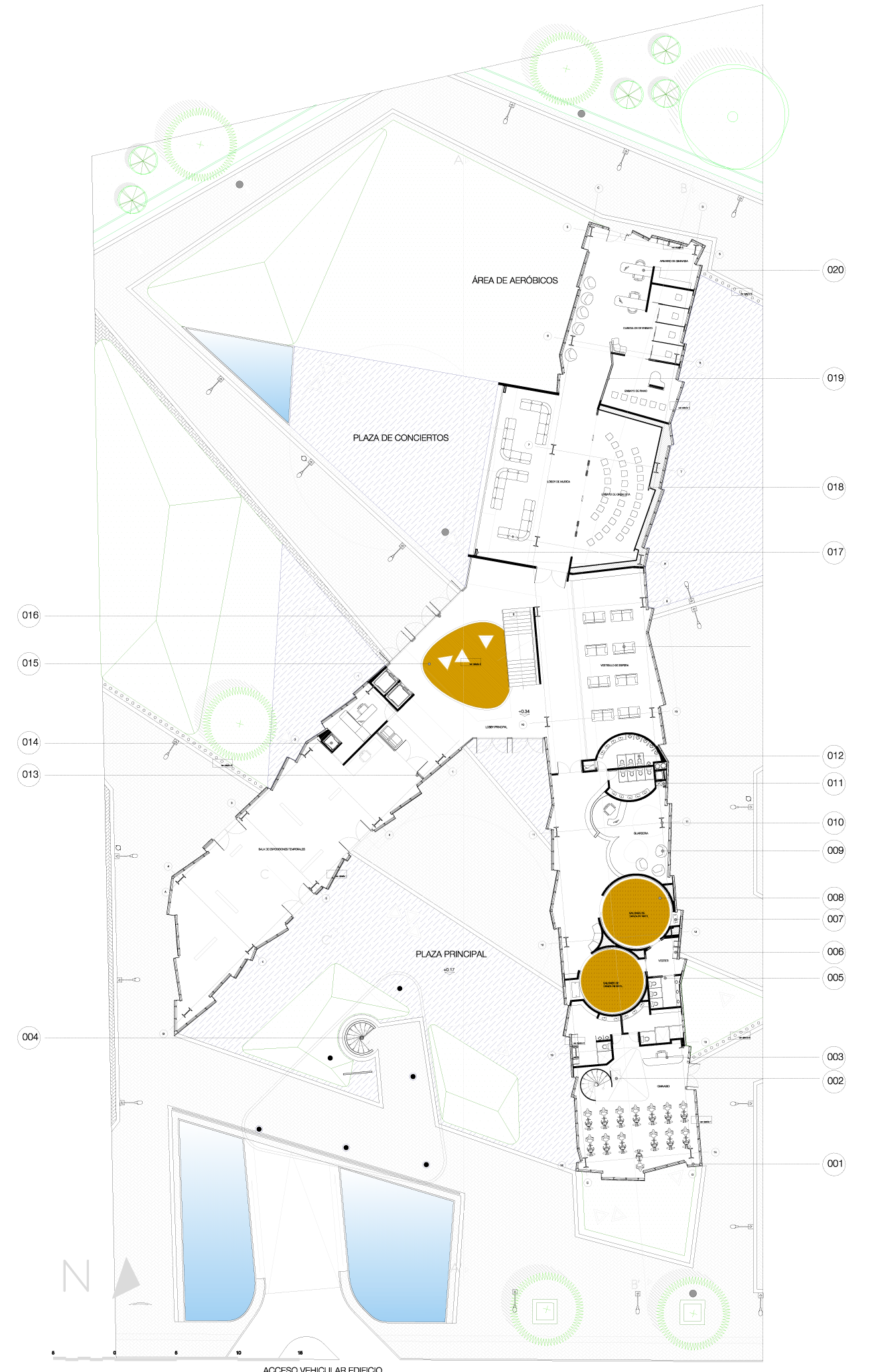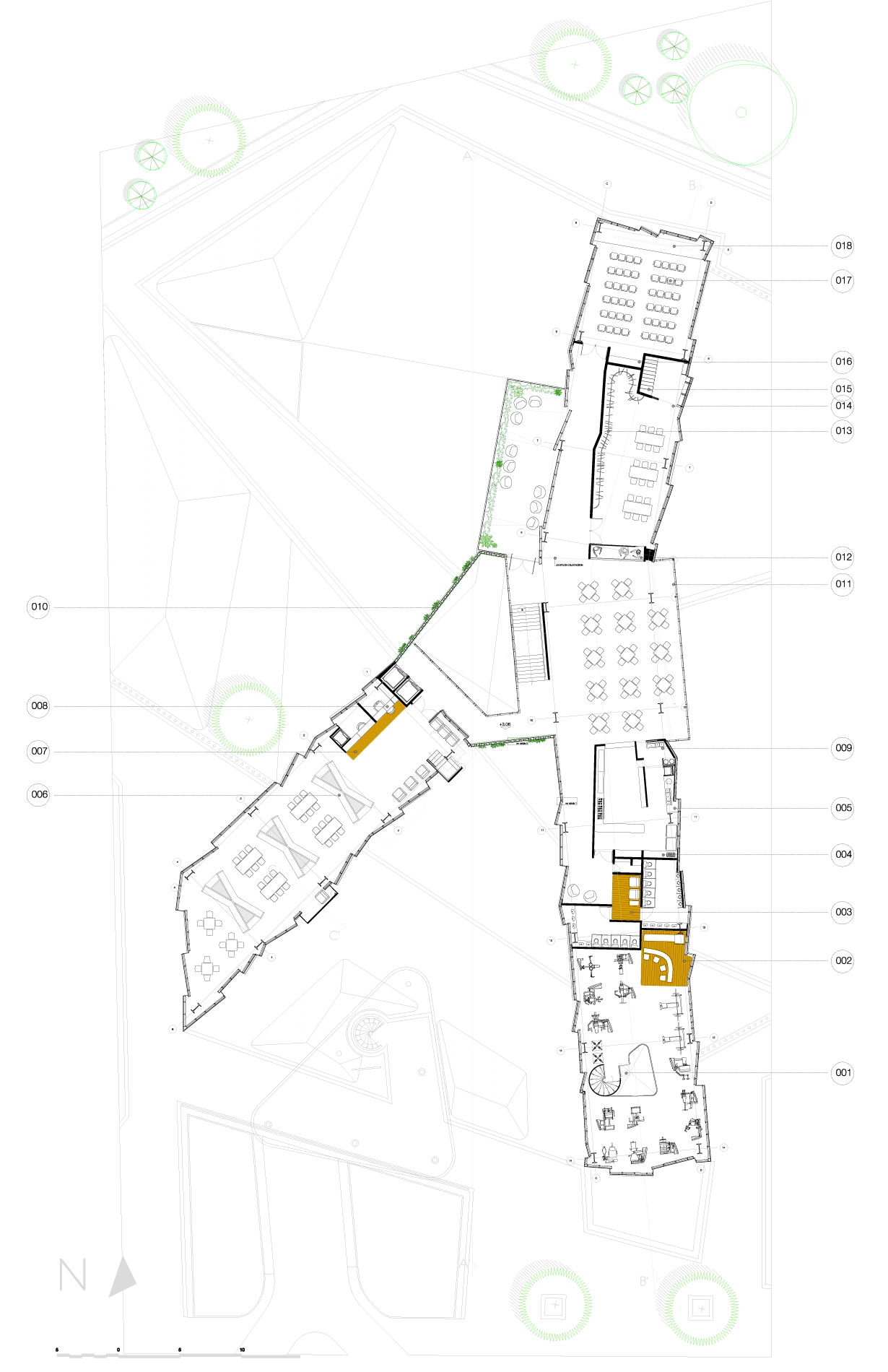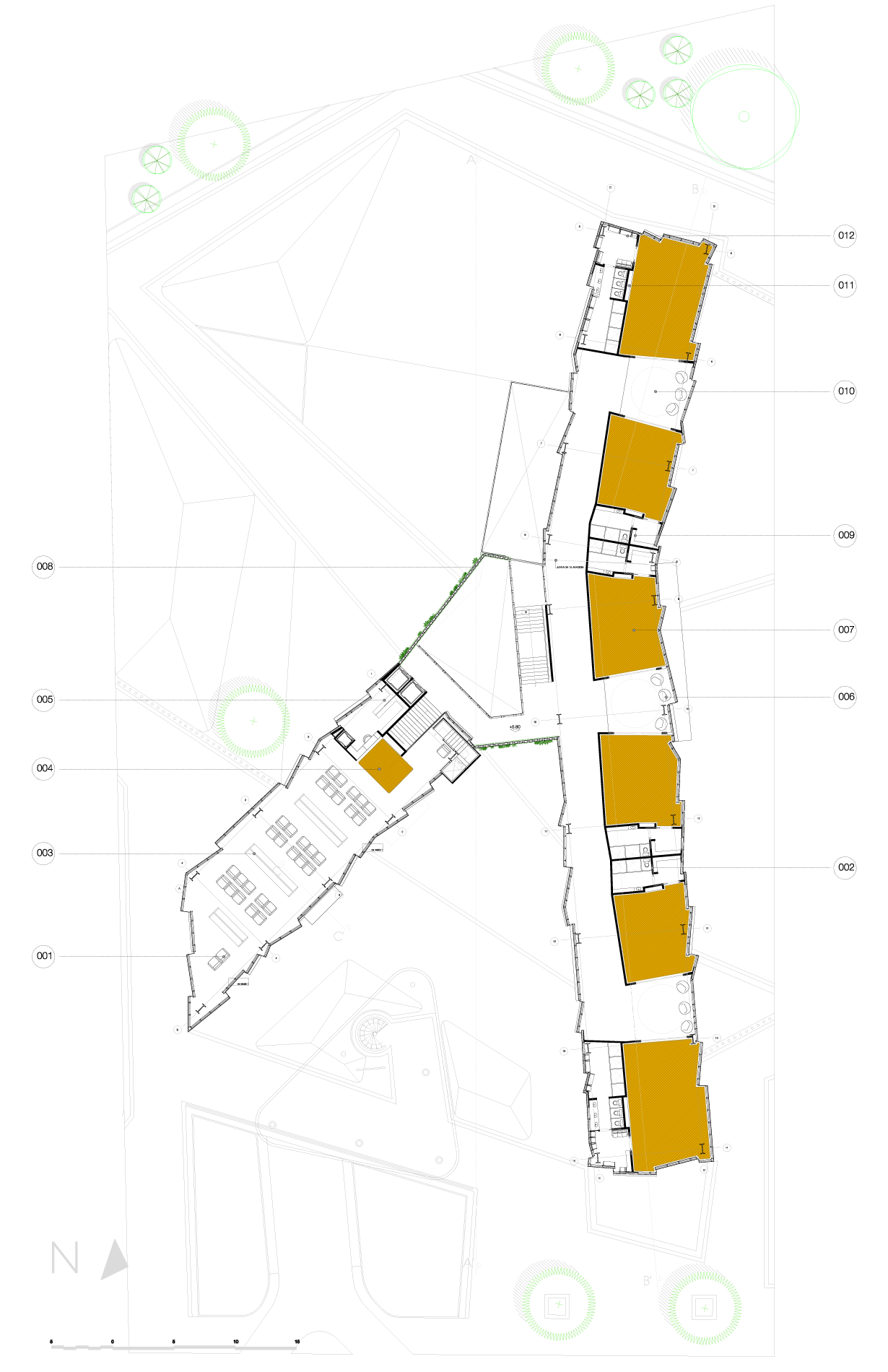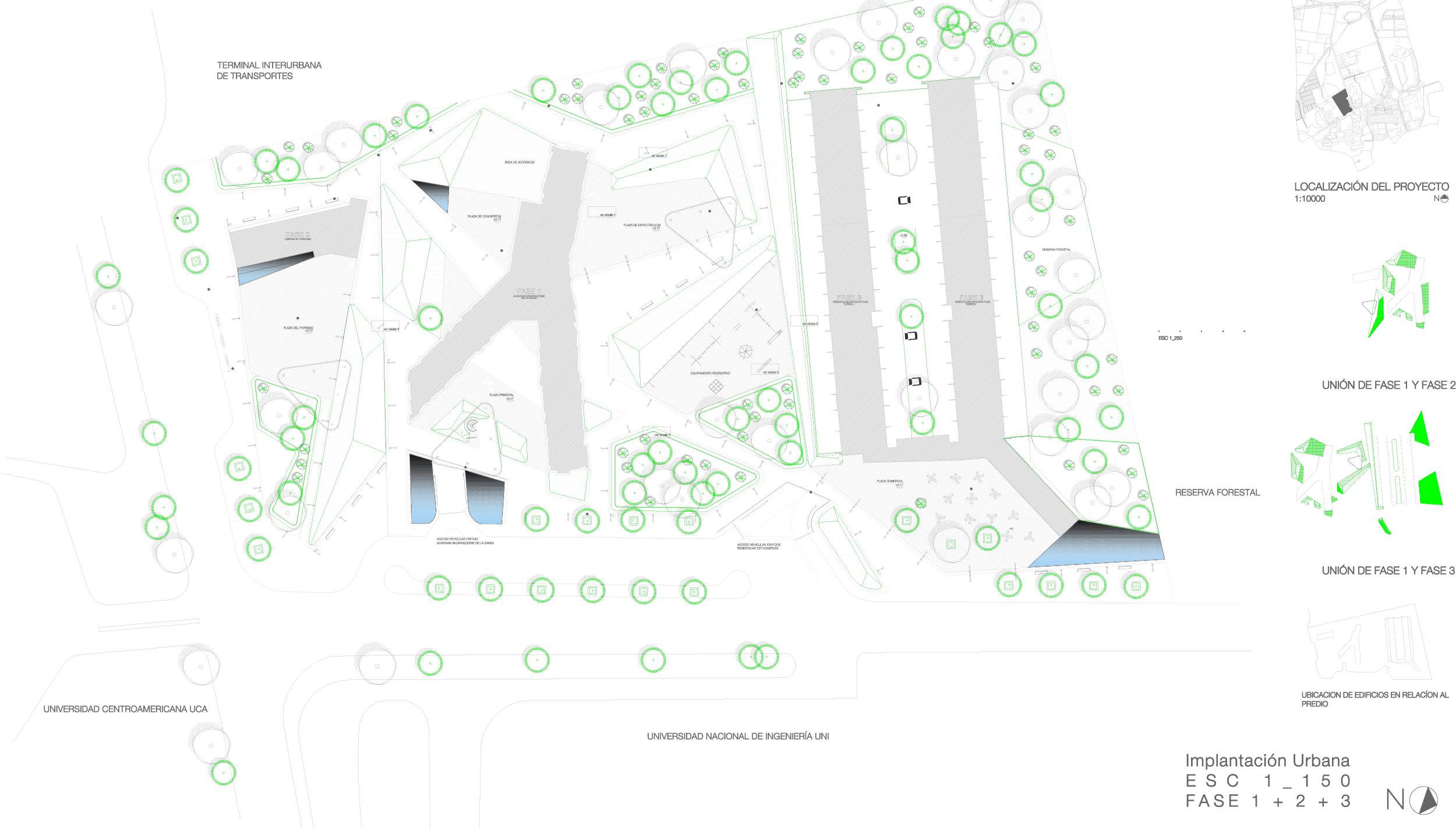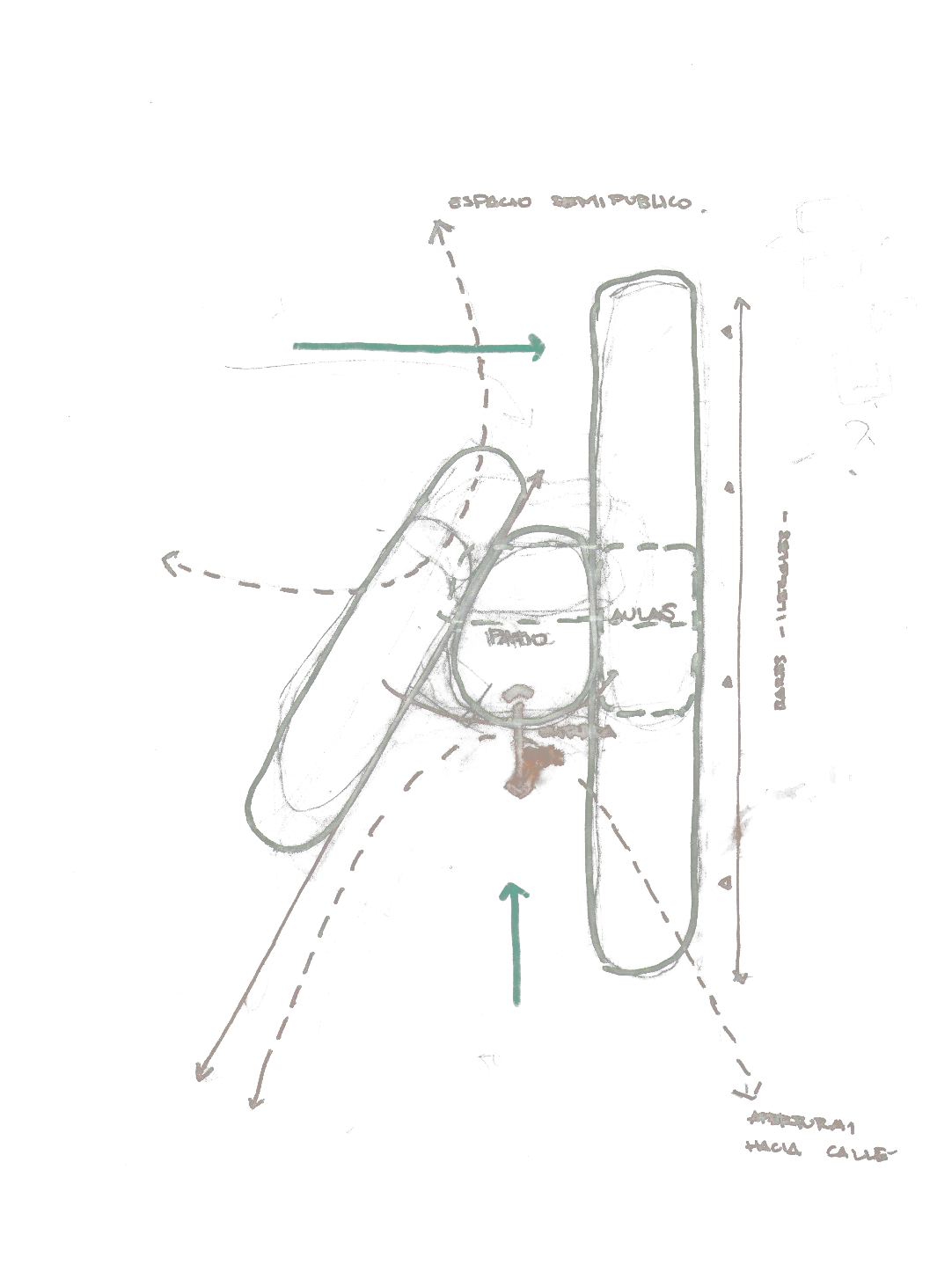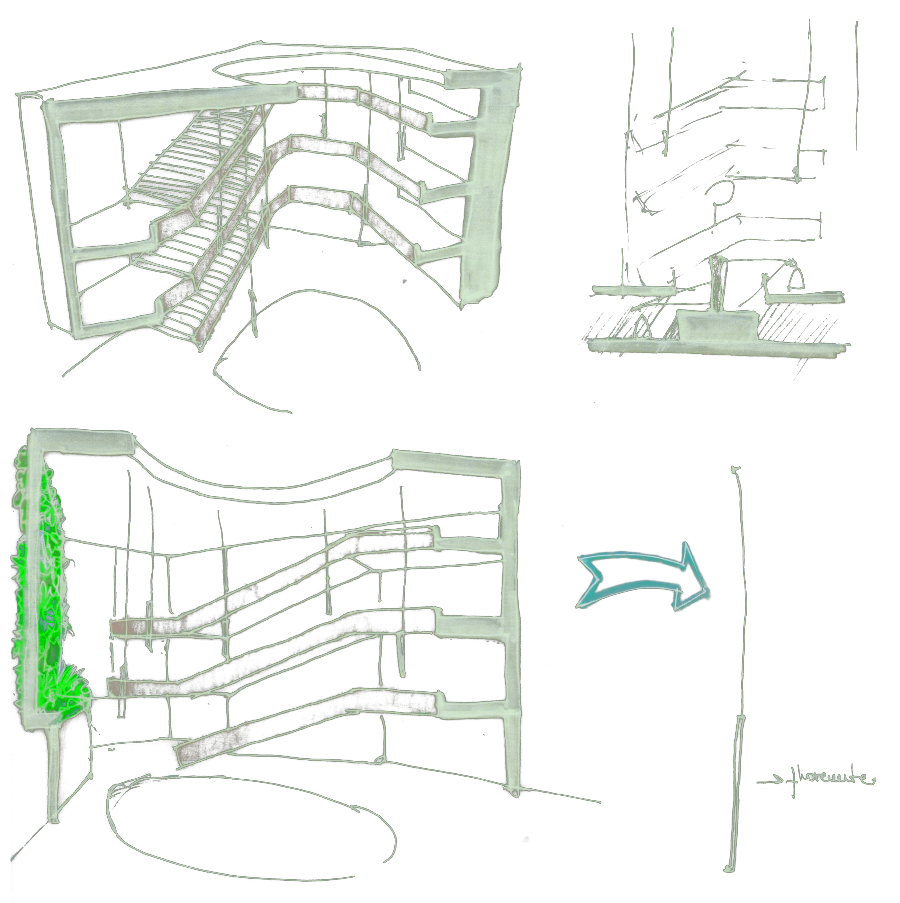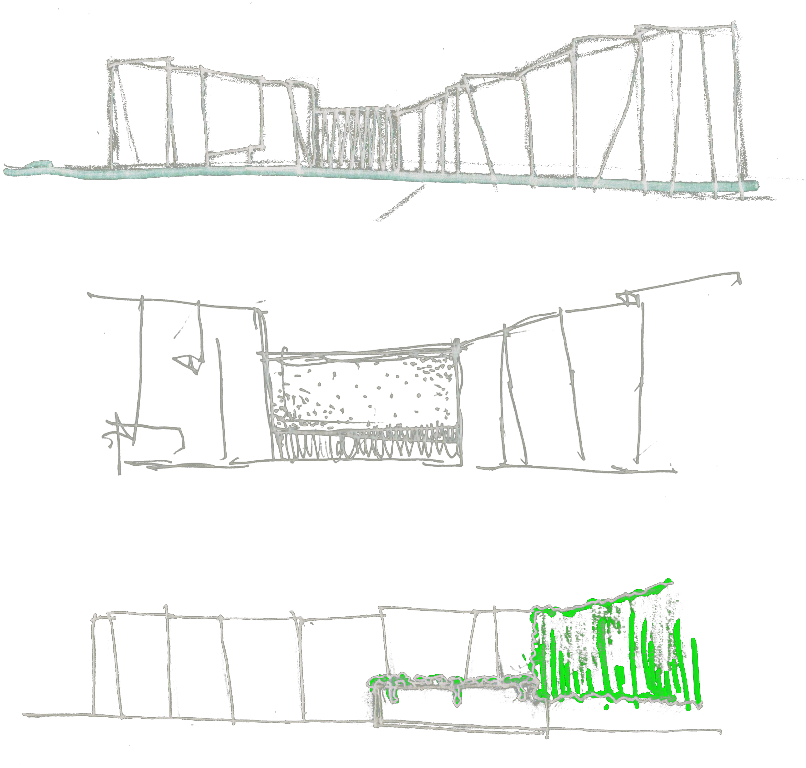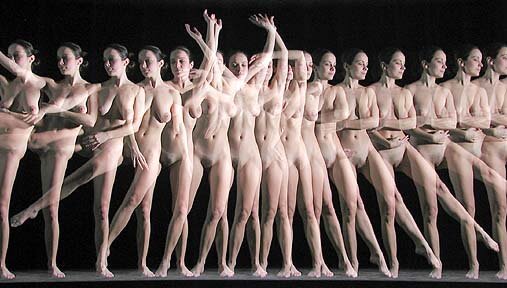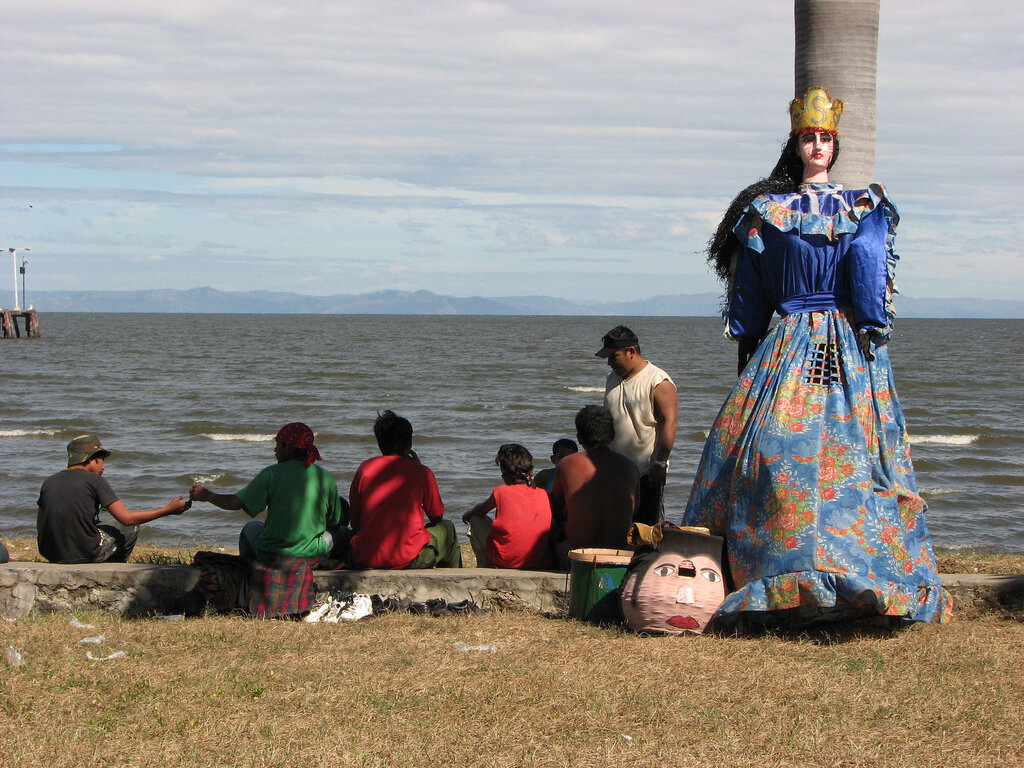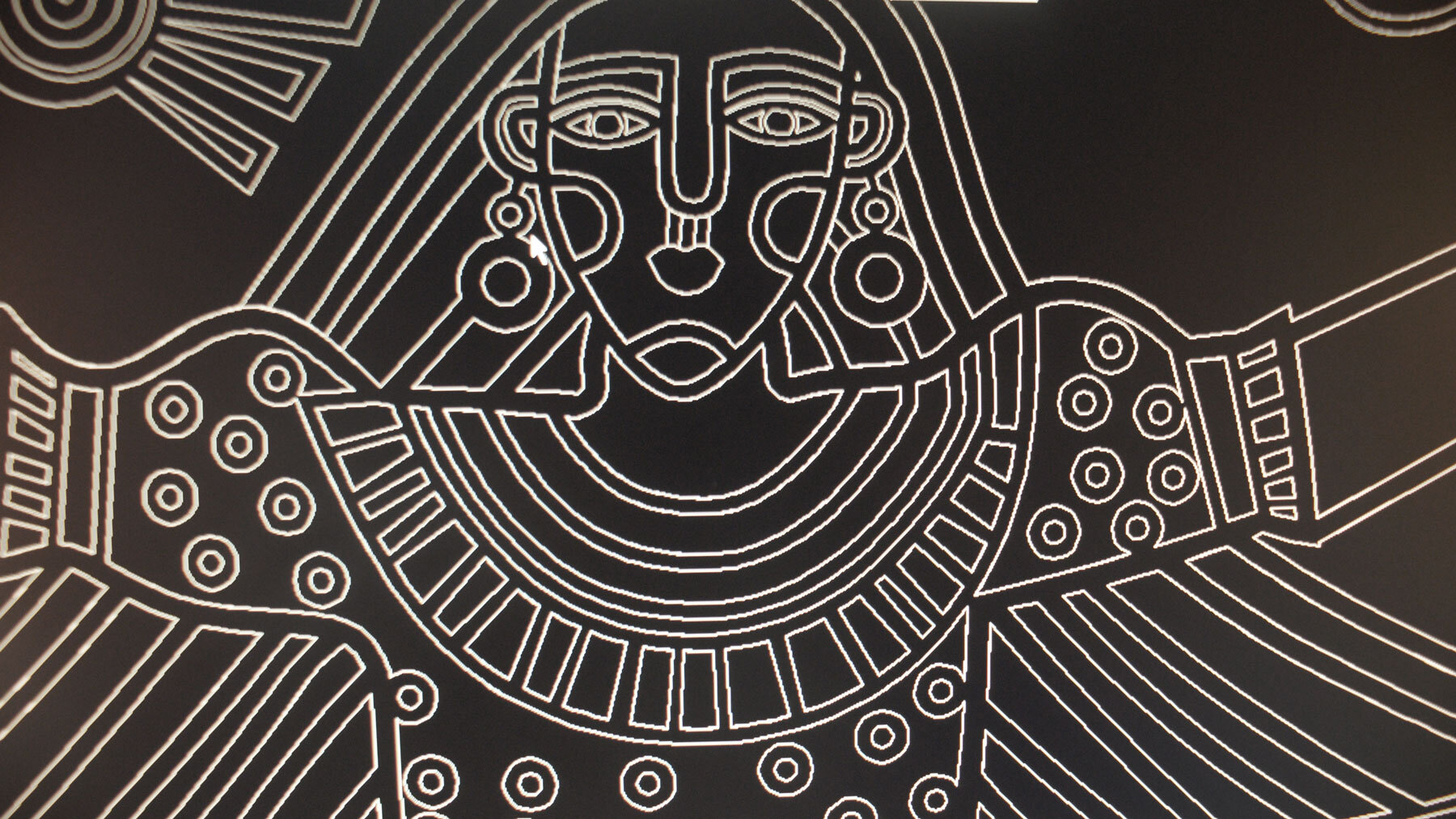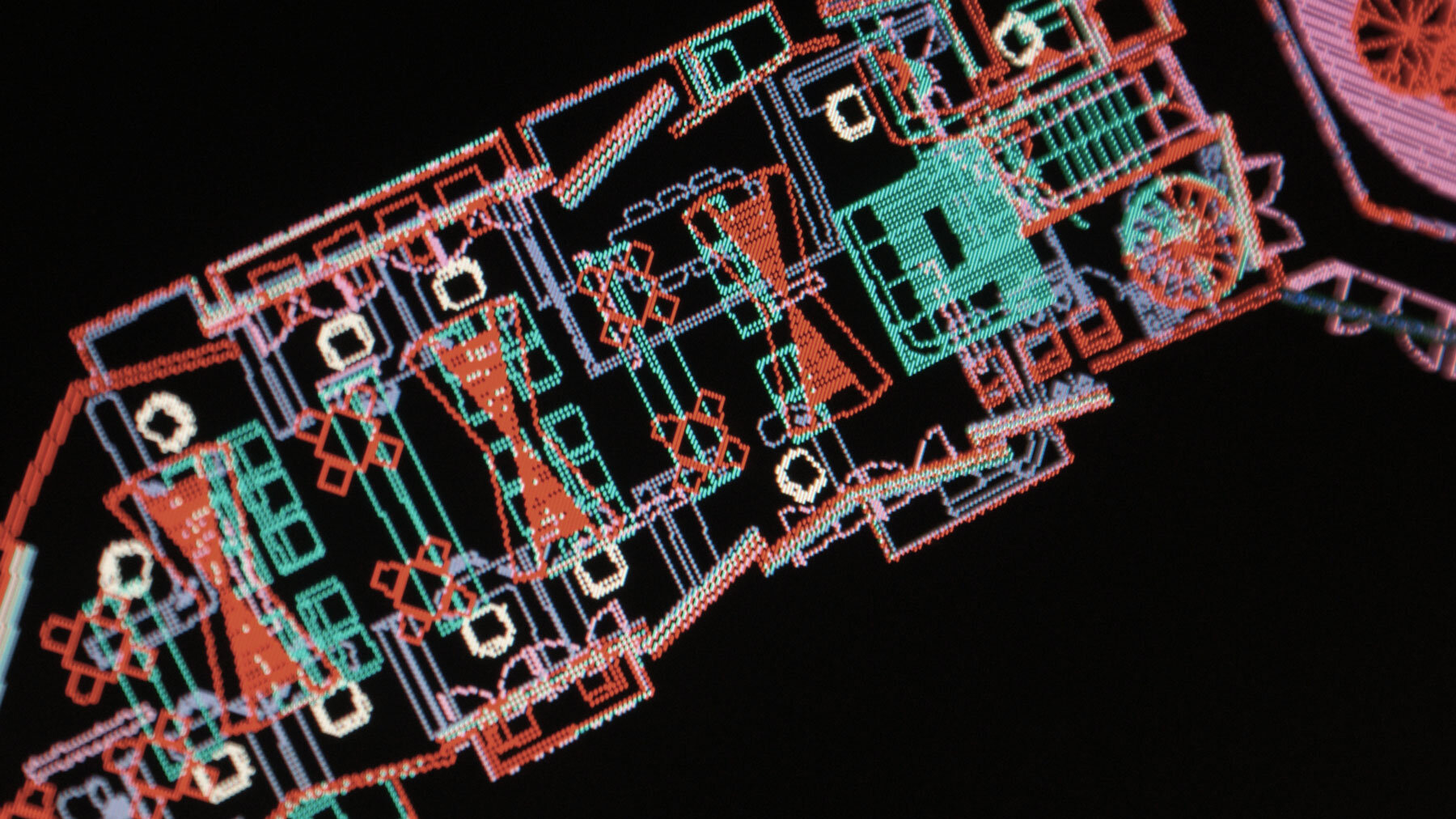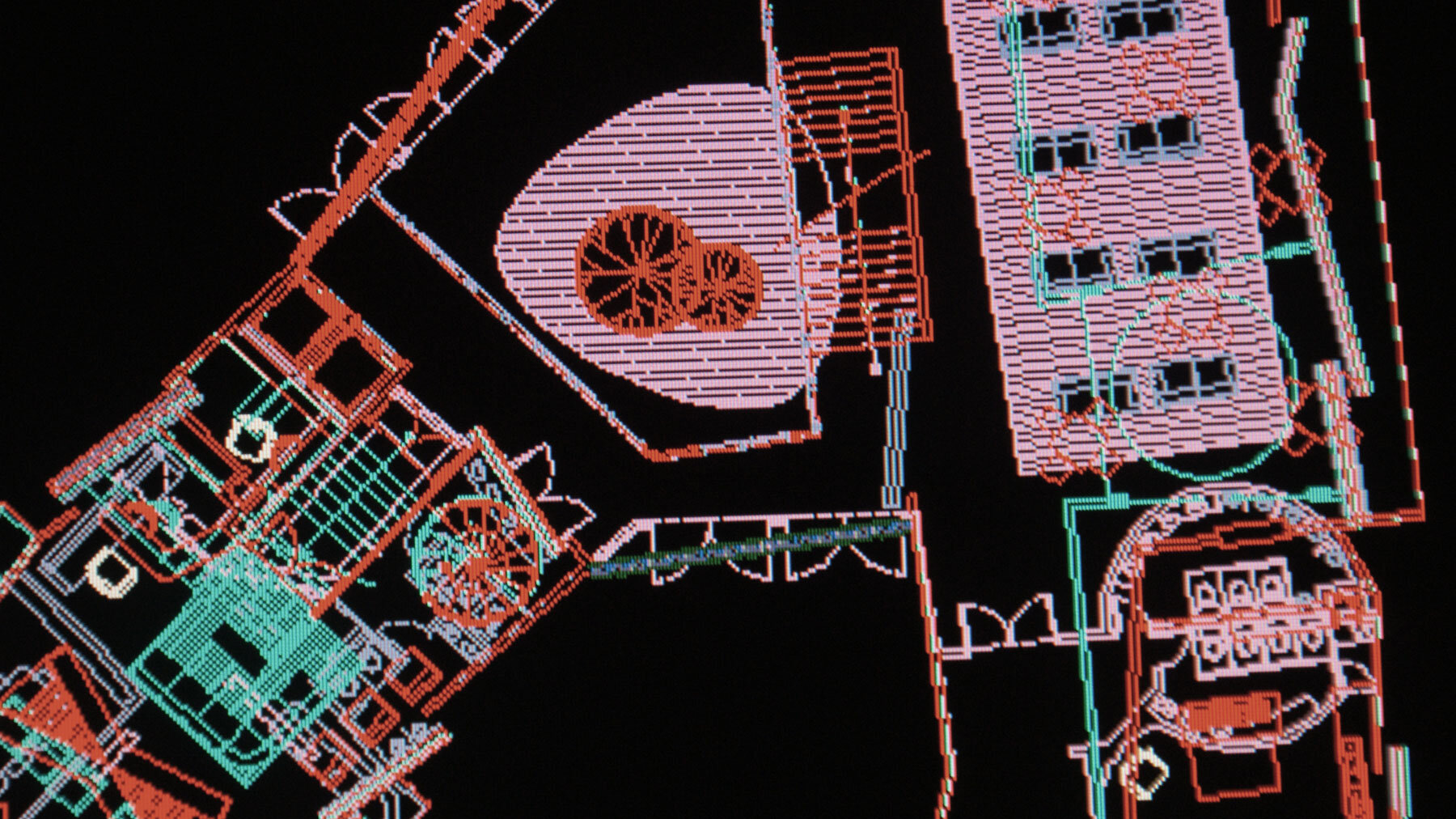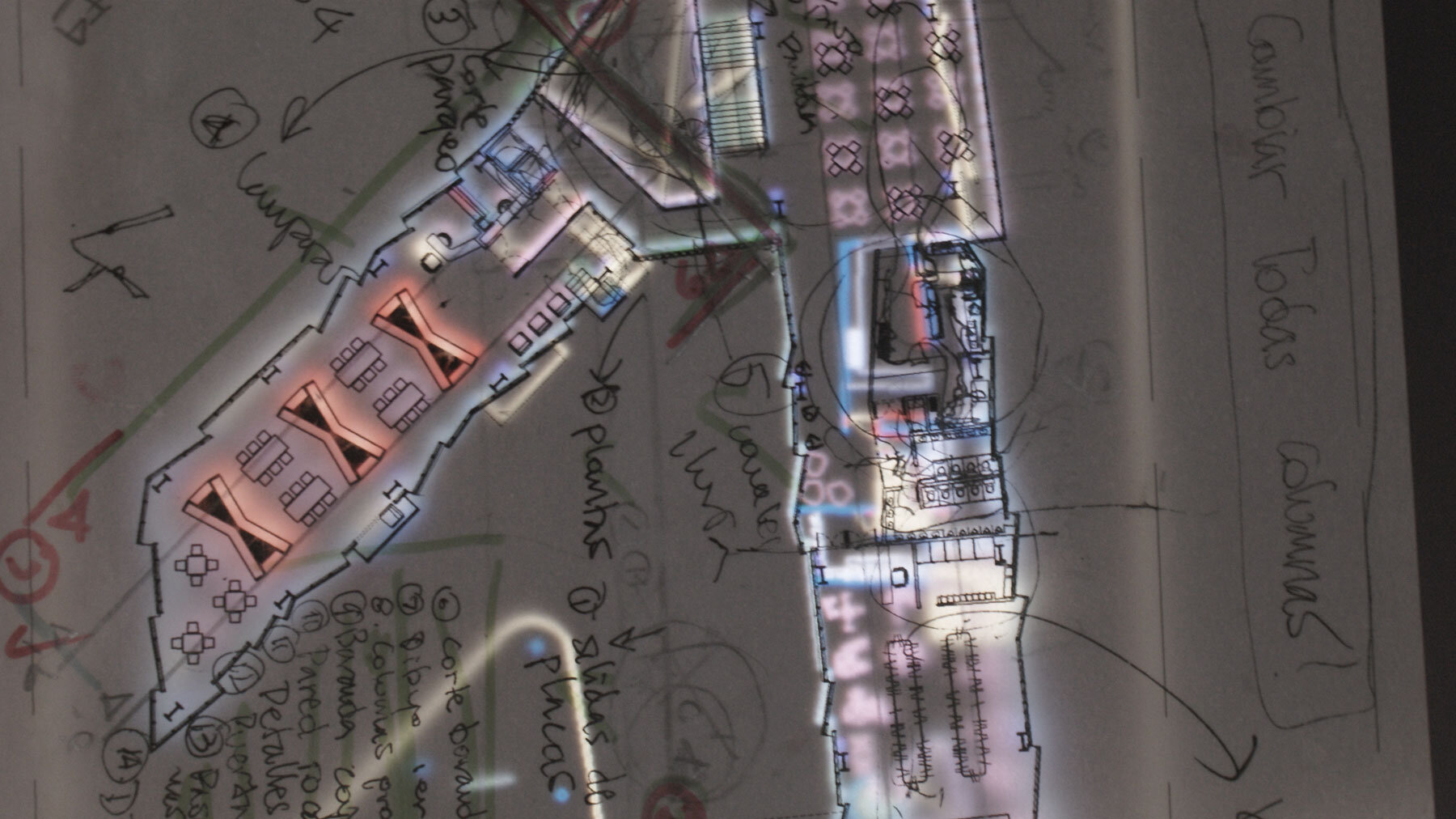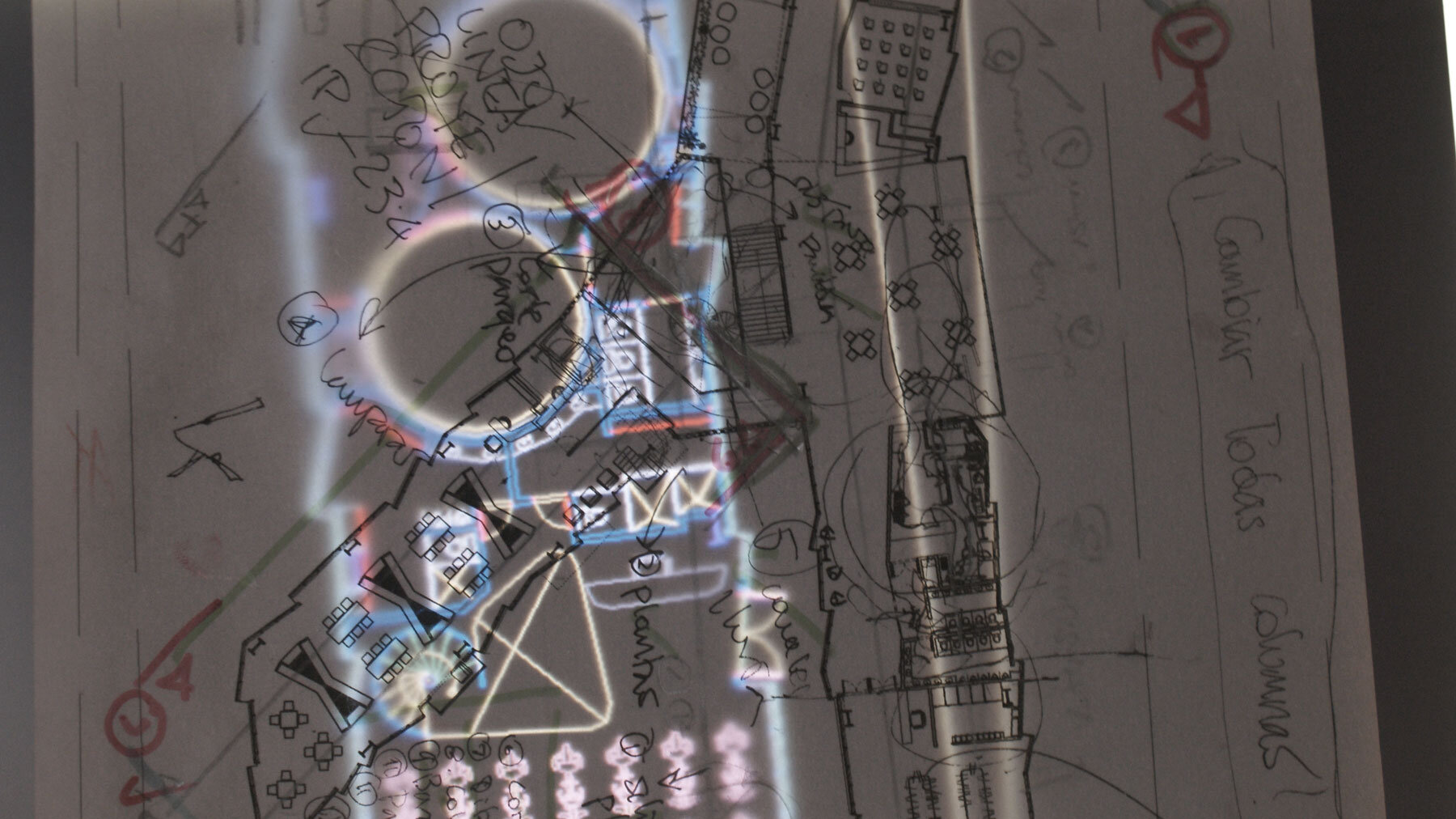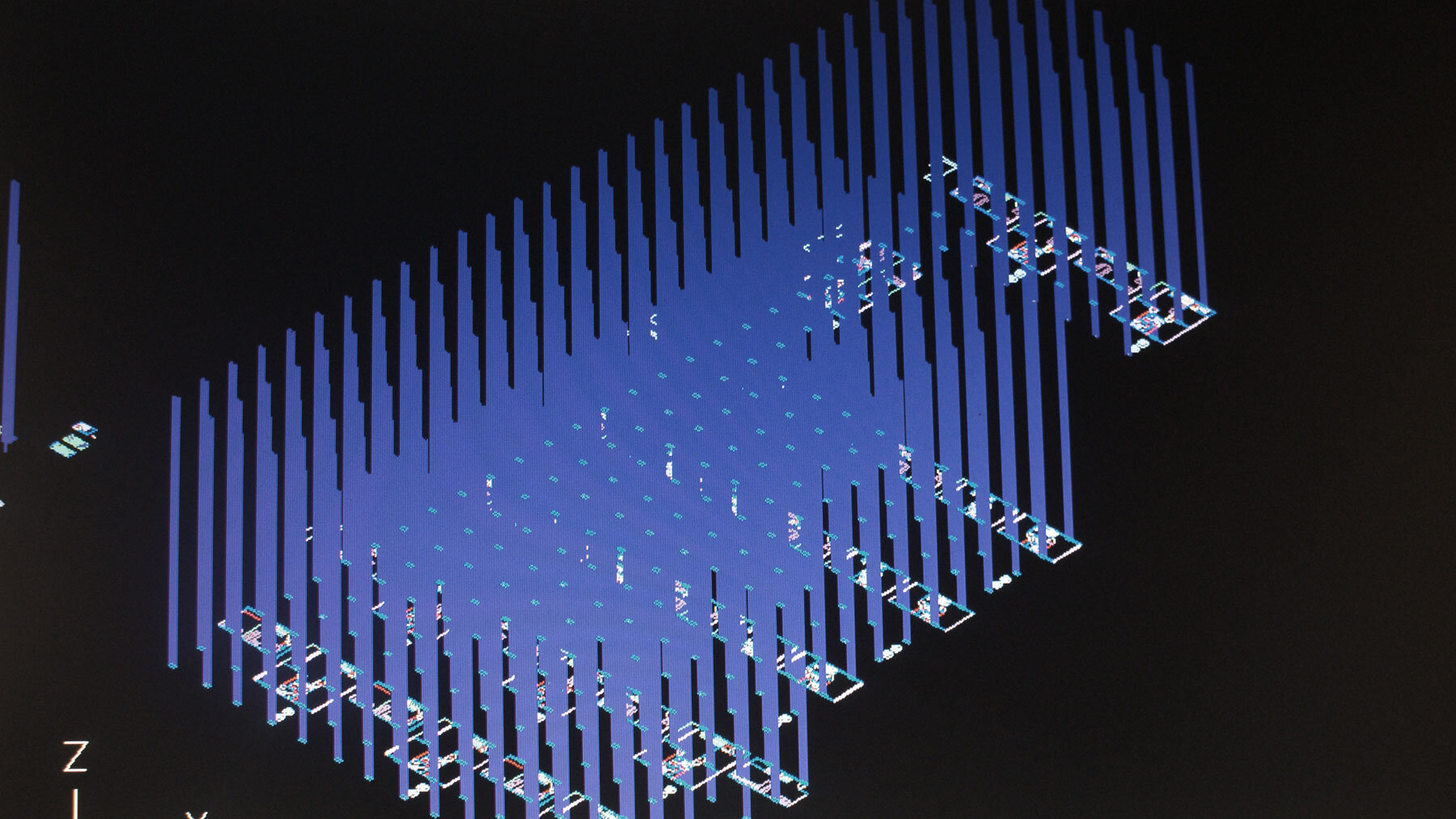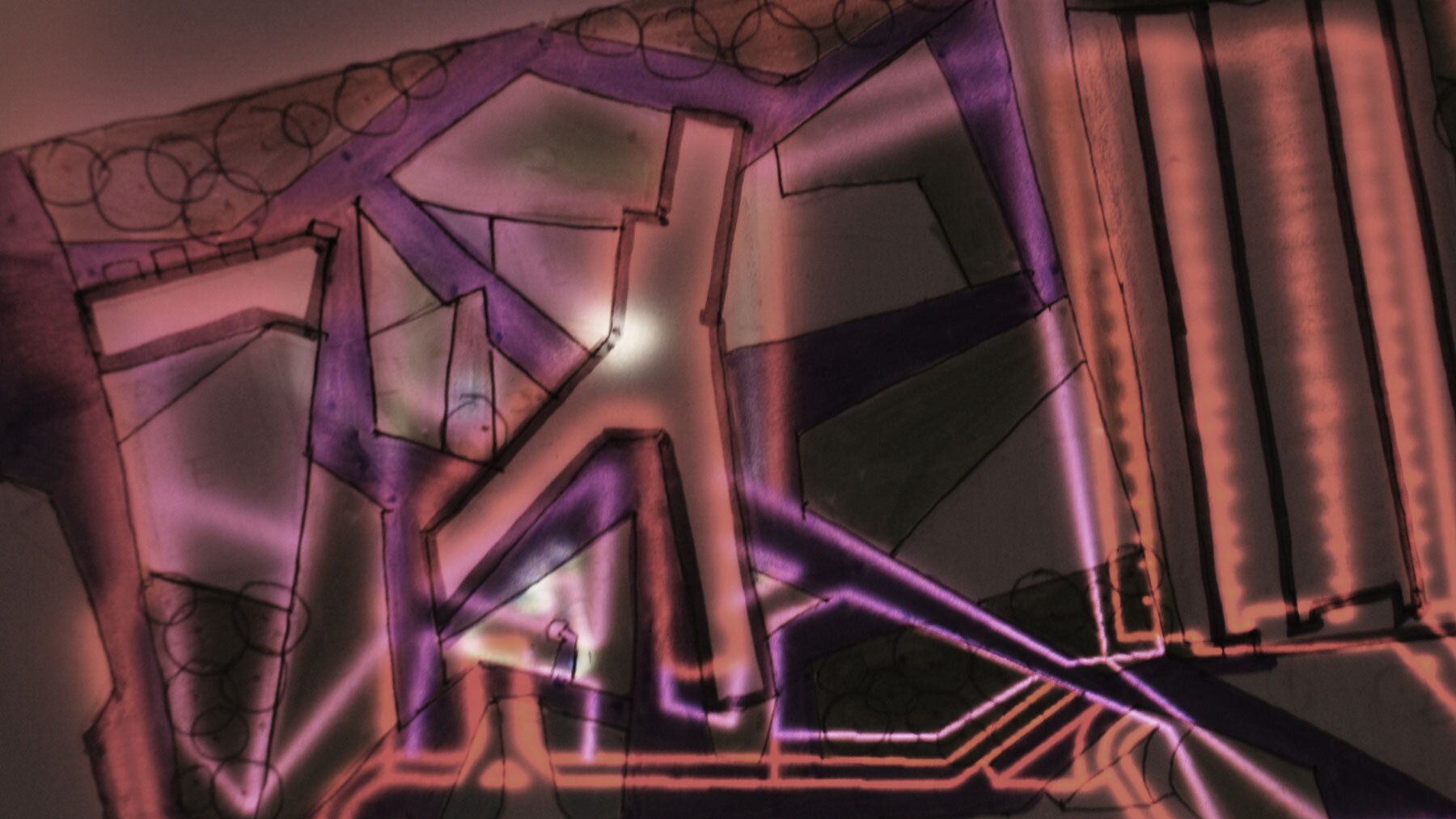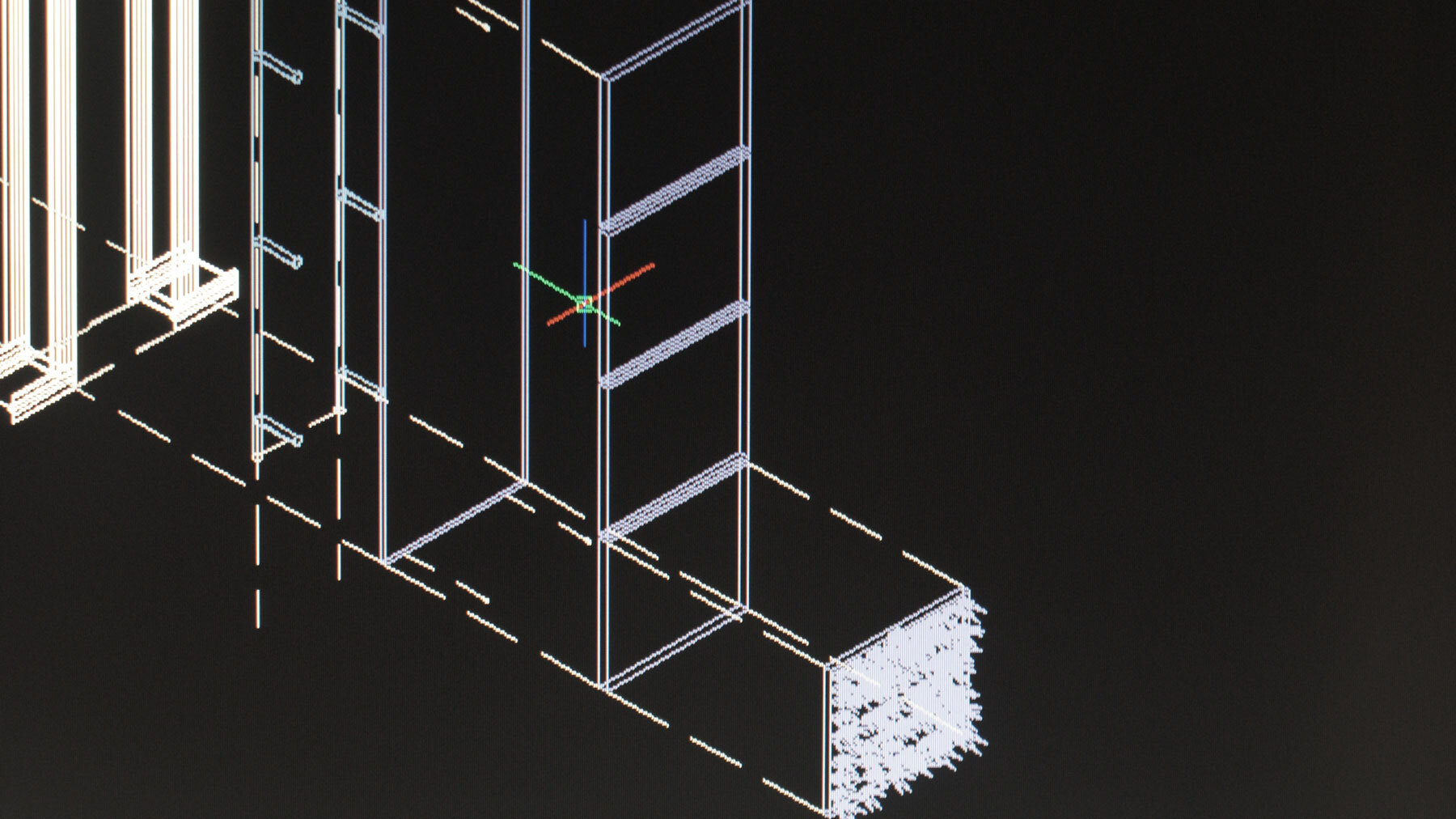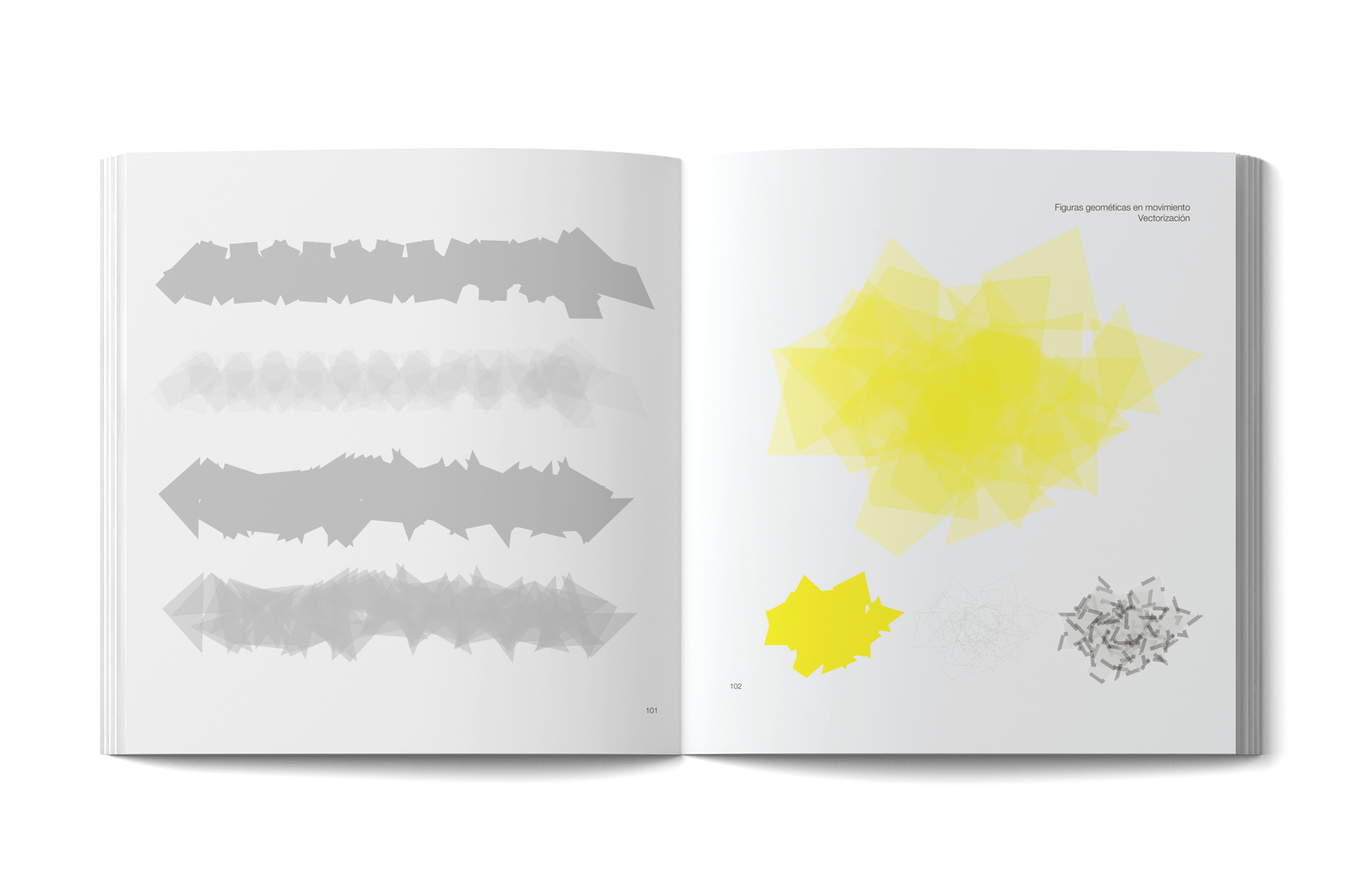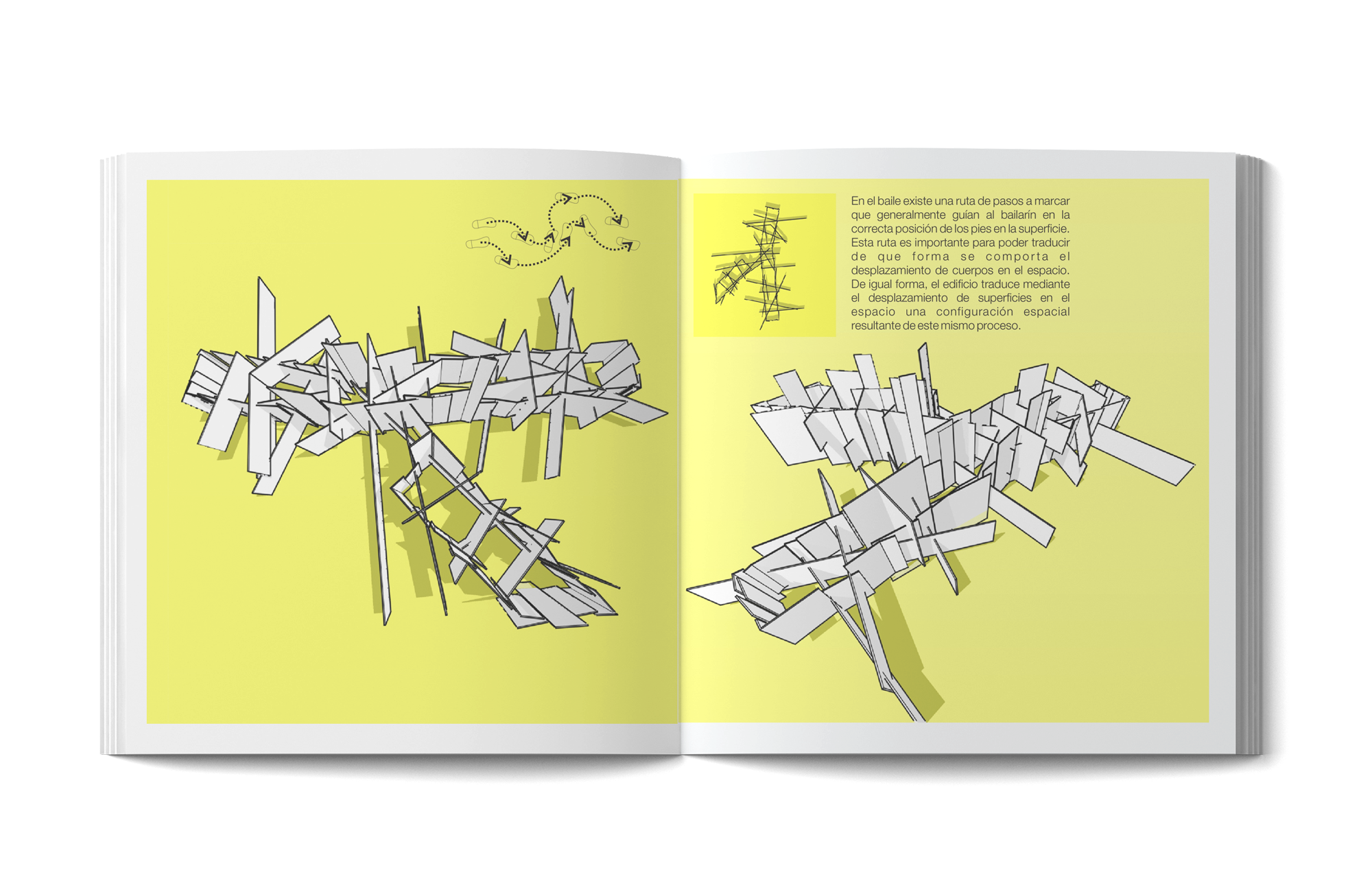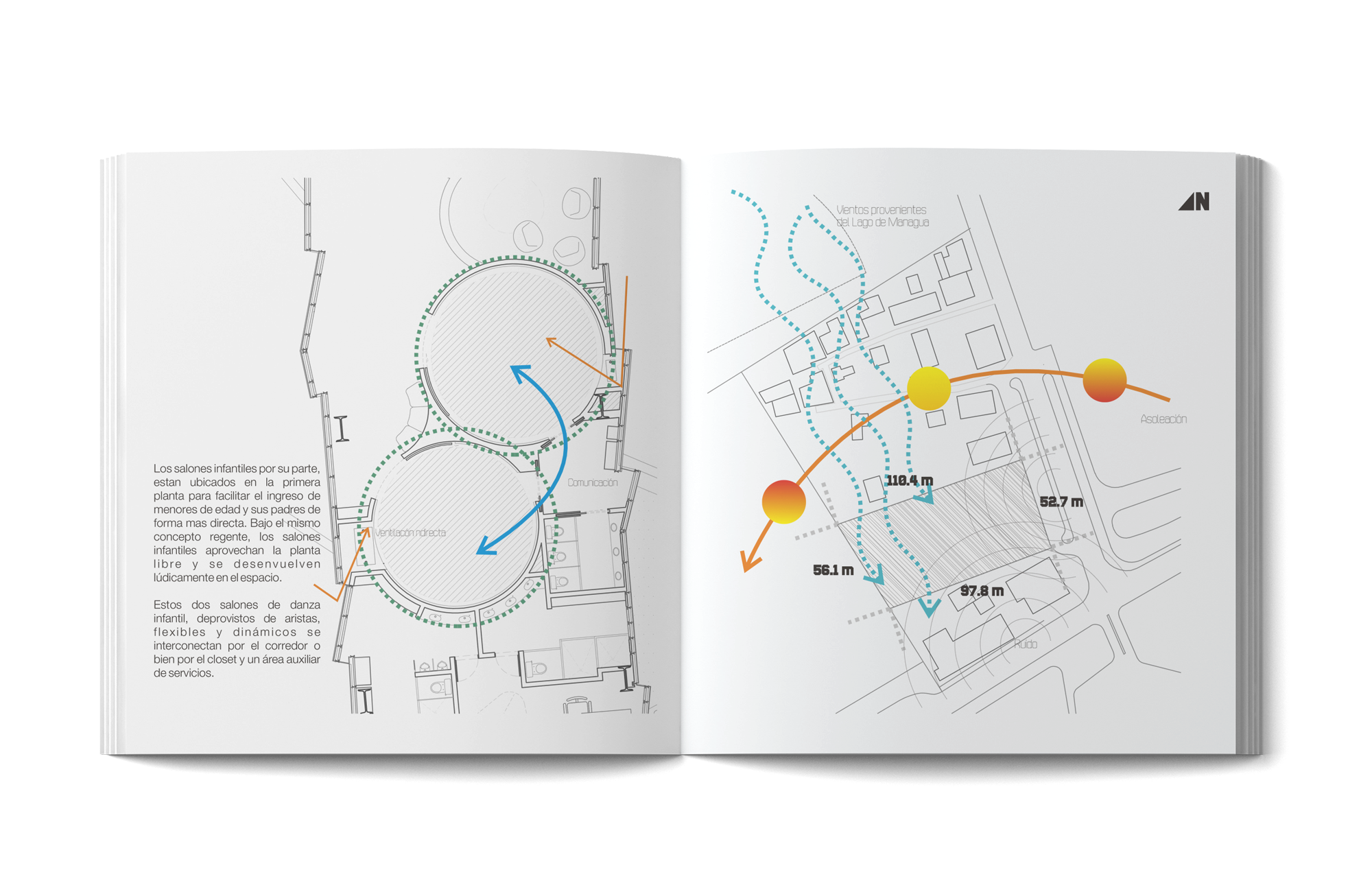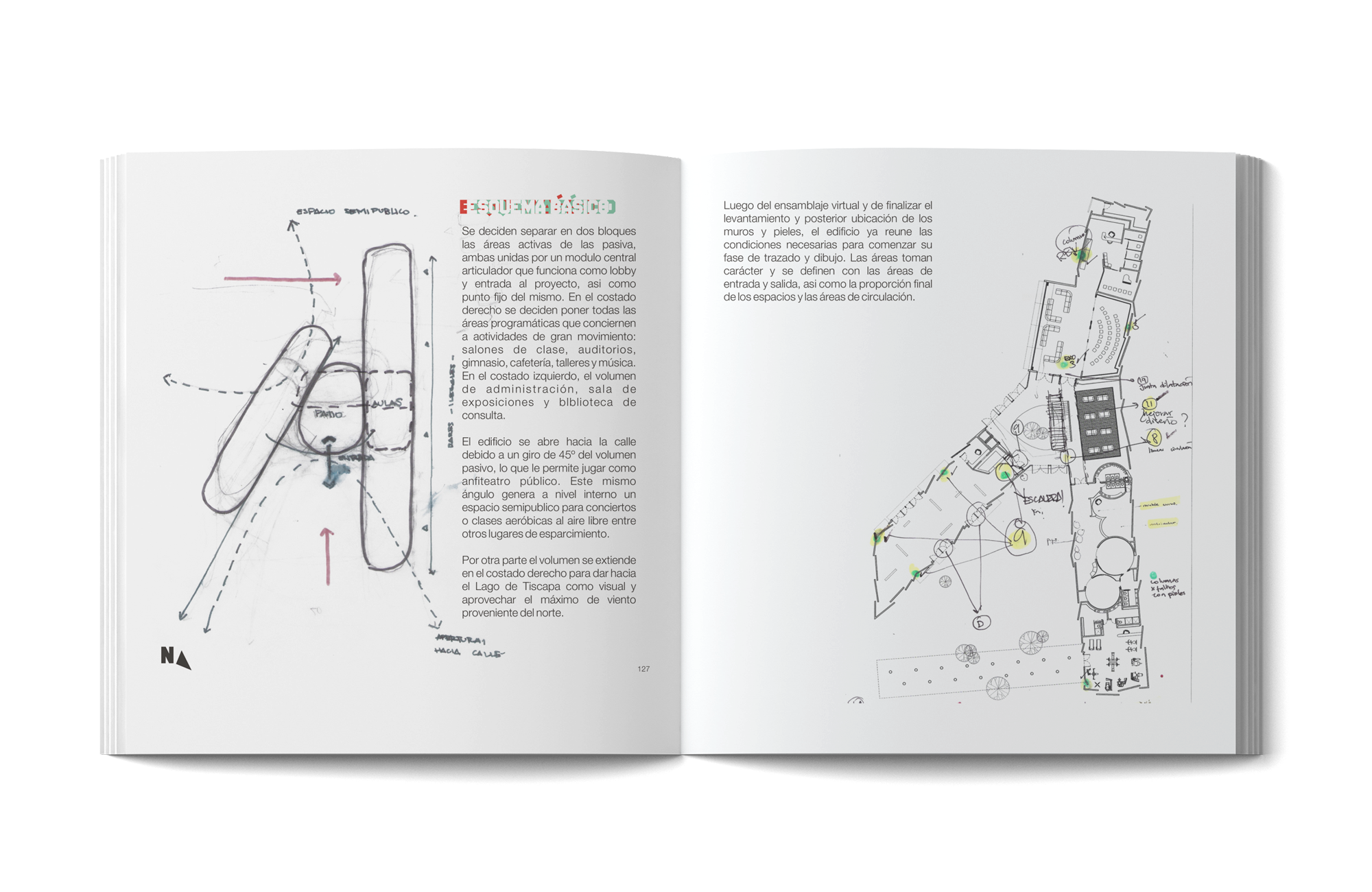Nicaraguan Dance Academy
In one of the exits in Nicaragua I went to Masaya, an artisan town in Nicaragua. Near the market there was a dance event, from the most diverse lands, from Matagualpa, Rivas to even the Atlantic dances that bring the best memories of the original features of the Cuban son or the calypso. Out of nowhere, on the stage, a gate opens and a huge two-meter-high doll comes out representing the Spanish caste that plays with its Creole dwarf slave for a long time, even hinting at very morbid encounters, to which spectators They don't stop laughing. It is La Gigantona.
After the singular spectacle, and still with the head full tangles due to the work that had to finish in Managua, the protagonist appears: the Gueguense.
- "Attention to this dance, you'll love it," says a pinolero friend.
Men with horse masks go on stage with other more stately and intertwine a unique choreography, where synchronization and strength are the protagonists. Each dancer has an exercise to do and together the dance becomes an energetic, colorful and imperative carousel that even hypnotizes.
As observed in Masaya; The project of the Nicaraguan Academy of Dance must be that the building be a door, open, and unexpectedly a Gigantona comes out to dance to Managua. An open, flexible and tidy building that will embrace the user and embrace him, making him the protagonist of the space. A building that in its form and flexibility generates spaces for delight and spectacle.
After observing the behavior of the current building, it is necessary to create a building in which users can alternately use their spaces and those generated in articulation to new activities. Its purpose is not only to generate private activities but also to make the same building public and / or semi-public.
They decide to separate the active areas of the passive into two blocks, both joined by a central articulating module that functions as a lobby and entrance to the project. On the right side they decide to put the activities of great movement: classrooms, auditoriums, gymnasium, cafeteria, workshops and music. On the left side, the volume of administration, exhibition hall and reference library.
The building opens onto the street due to a 45 ° turn of the passive volume, which allows it to play as a public amphitheater. This same angle generates internally a semi-public space for concerts or outdoor aerobic classes among other places of recreation.
[Thesis]
Cum Laude. Universidad Francisco de Paula Santander. Cúcuta, Colombia, 2011.
[Design]
First place. Managua, Nicaragua: Social Citymakers Workshop. 2008.
Conceptualization
What its a dance? We didn't want to get to the obvious, we wanted to analyze how dance was formed and why there are so many different forms of dance performed by the same instrument, the human body.
Dance - one of my passions - is a corporeal expression of a sequence of individual movements that placed in the timeline are understood as a whole. The dance is then a step-by-step synchronization, from state to state that is woven with a rhythmic conducting thread so that the viewer can understand it. In the dance there is a route of steps to mark that generally guide the dancer in the correct position of the feet on the surface. This route is important in order to know how bodies behave in space.
Another of my great passions is photography. In 2004 I did some experiments in the academy with an effect called "stroboscopy", found investigating materializations made by the Bauhaus in the twenties. The strobes are used to examine in detail and without physical contact the behavior of moving mechanical parts, it consists of a lens that is either by a timed flash of light or a burst of shots, step by step capture a movement.
This same technique was retaken to be able to materialize in a more direct way the perception obtained after the analysis of the dance. Similarly, the building translates a spatial configuration through the displacement of surfaces in space.
The methodology of approach to the place was developed by visits to the country, conversations and interviews as well as essays thanks to the participation of Andrea Griborio, Francisco Brown and Carlos Lanuza whose collaborations appear in the book summary of the project.
Publication
All the work of the Nicaraguan Dance Academy was included in a single publication for my thesis. This publication is a compilation of the experience of the Social Workshop in Managua (where the project was born); the entire legal framework and territorial plan, a brief summary of the history of the country and the city; three essays by the invited architects (Andrea Griborio, Carlos Lanuza and Francisco Brown); the creative process and experimentation, basic schemes and the development plans of the project in three phases.
The publication consists of 331 pages.
To Latin America for teaching me that I don't know anything,
to Nicaragua for reiterating it.


